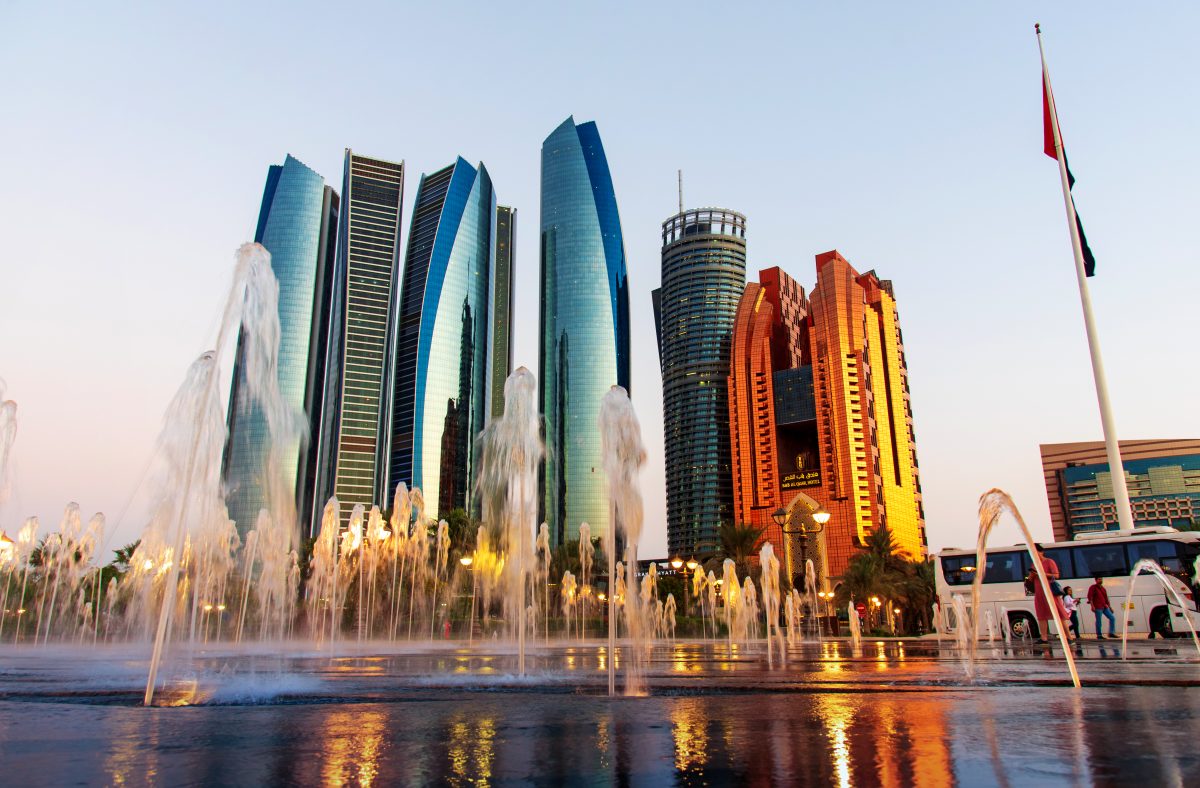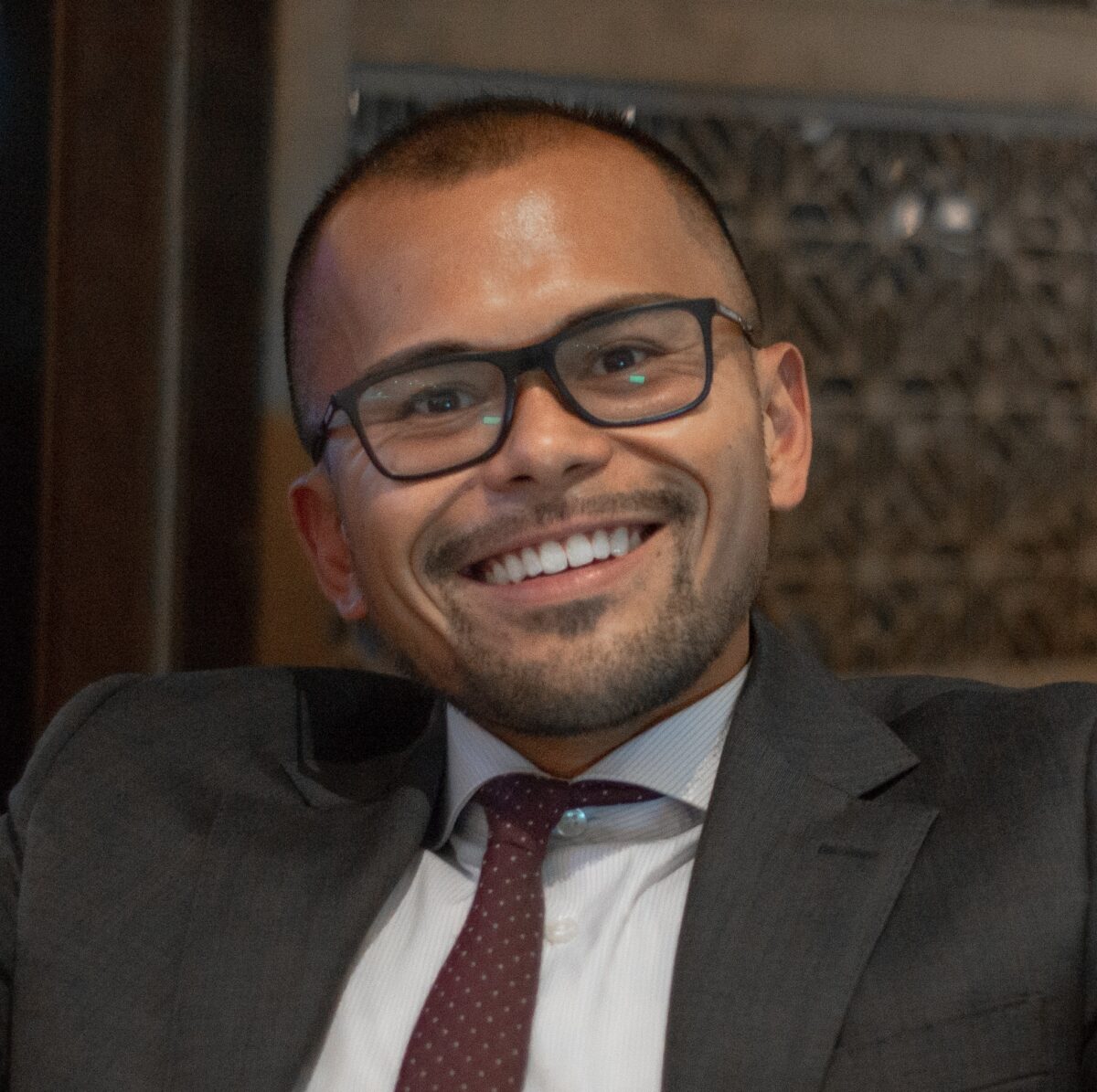Regulatory Sandboxes are becoming part of a common trend in fintech ecosystems which also includes the Middle East and Africa (MEA) region.
A Regulatory Sandbox can broadly be described as a unit, which typically sits within a country’s conduct regulator, and evaluates the need for fintechs to conduct controlled market tests under less stringent regulatory requirements. The solution borrows inspiration from the pharmaceutical industry and the tiered process for testing new drugs. Regulatory Sandboxes sit on the border between an ecosystem approach and infrastructural change in regulatory innovation.
On the one hand, regulatory sandboxes permit regulators to engage entrepreneurs more quickly and at a lower compliance cost, in a controlled setting. On the other hand, regulatory sandboxes constitute a process / infrastructural change, on the path towards reforming the authorisation procedure. In the global stage, sandboxes such as the United Kingdom and Singapore are often referenced as examples of leading and advanced regulatory sandboxes.

Pertaining specifically to the MEA region, as a whole it has also begun to play catchup. In the Middle East region, the United Arab Emirates (UAE) – home to Abu Dhabi and Dubai – and Bahrain have been leading the front. For instance, Abu Dhabi Global Market (ADGM) announced in November 2016 the first regulatory sandbox in the Middle East and North Africa (MENA) region, ADGM RegLab. Afterwards in 2017, both Dubai Financial Services Authority (DFSA), located in Dubai International Financial Centre (DIFC) and the Central Bank of Bahrain (CBB) created their own regulatory sandboxes. The ladder was MENA’s first onshore sandbox as both ADGM and DIFC are free zones, where the CBB’s had 32 innovative fintechs from all over the worlds are testing their technologies today.
Other countries in the Middle East have also built their own regulatory sandboxes. For instance, in 2019 Saudi Arabia announced the design of their regulatory sandbox and has been an active one since. Last year, it was announced that the Saudi Central Bank (SAMA) welcomed nine more fintech companies to take part in the sandbox, which included companies such as Manafa Capital, Funding Souq, Circles, Nayifat Finance and Sahlah. The sandbox is home to 30 fintechs, which includes fintech companies like BayanPay, Skyband and Lindo Financing.
In 2018, the Central Bank of Kuwait (CBK) launched its regulatory sandbox framework. Other neighbouring Gulf Cooperation Council (GCC) countries such as Qatar with the Qatar Central Bank (QCB) have also begun with its own regulatory sandbox journey, while Oman end of last year announced that the Central Bank of Oman (CBO) would be launching its own.
Other countries beyond the GCC in MENA countries include Jordan, which launched the Central Bank of Jordan (CBJ) fintech regulatory sandbox framework in 2018. Last year saw the launch of the Central Bank of Tunisia’s regulatory sandbox as well as Egypt in 2019 with the Central Bank of Egypt (CBE).
Interestingly, the Startup Nation Israel does not have a regulatory sandbox. However, that looks to change as there have been recent news headlines that the Israeli government submitted a bill to encourage the development of financial technology via bill 5721-2021 (the “Bill“). The aim of the bill is to establish an experimental two to four year regulatory programme for fintech companies in Israel, making it a major step in helping further ease and accelerate further growth in the fintech landscape in the country.
In Turkey, there are developments as well with its wider regulatory sandbox. The Turkish digital strategy for 2023 (Turkey’s 2023 Industry and Technology Strategy) highlights how it will develop its technological capabilities. Turkey intends to have a ‘National Blockchain Infrastructure” among cloud computing, Internet of Things (IoT), and open source initiatives. The country will build this infrastructure to encourage innovation and implement blockchain in the public sector; this initiative includes a regulatory sandbox.
Over in the rest of the non-MENA African nations, there have been other growing developments with regulatory sandboxes.

For instance, in Nigeria, the largest country in Africa by population at around 200 million, the Securities and Exchange Commission (SEC) is working towards setting up a Regulatory Sandbox that will offer a ‘safe space’ in which start-ups and other businesses can test innovative products, services, business models and delivery mechanisms relating to the capital market in a live environment without immediately satisfying all the necessary regulatory requirements. In January this year, the Central Bank of Nigeria (CBN) released two regulations: the Framework for Regulatory Sandbox Operations (“Sandbox Framework”) and the Framework for Quick Response (QR) Code Payments in Nigeria (“QR Code Framework”).
In South Africa, The South African Intergovernmental Fintech Working Group (IFWG) has announced this year the first cohort of the IFWG Regulatory Sandbox. Meanwhile, in Kenya they have a regulatory sandbox with its Capital Markets Authority (CMA), where there were three fintechs being admitted to the sandbox back in 2019 folllowing approval of the Regulatory Sandbox Policy Guidance Note.
In Mauritius, the island nation has implemented a regulatory sandbox regime, under which its Mauritius Economic Development Board (EDB) has granted licences to at least 9 companies as of August 2019, including crowdfunding platforms, blockchain services and crypto-currency exchanges. Also, in Rwanda a regulatory sandbox by the National Bank of Rwanda was put in place from 2017.
Despite that, Africa as a whole still has much to advance with respect to the wider advancement of fintech regulatory sandboxes. However, recent headlines also are showing signs of exciting news hitting the regulatory sandbox front in the continent. For instance, in terms of development countries such as Angola with the National Bank of Angola (Banco Nacional de Angola) are currently developing its own regulatory sandbox. Also, Ghana’s Bank of Ghana has launched a regulatory and innovation sandbox pilot as part of its mission to promote and support fintechs, as well as drive financial inclusion. The sandbox will provide a forum for financial sector innovators to interact with the sector regulator to test digital financial service innovations while evolving enabling regulatory environment.
2021 will continue to see further advancements in fintech, which includes the regulatory sandbox, regtech and wider ecosystem both in the Middle East and Africa. Despite the current challenges, MEA has potential in further developing and maturing its fintech ecosystem; regulatory sandboxes play a large part in that.



